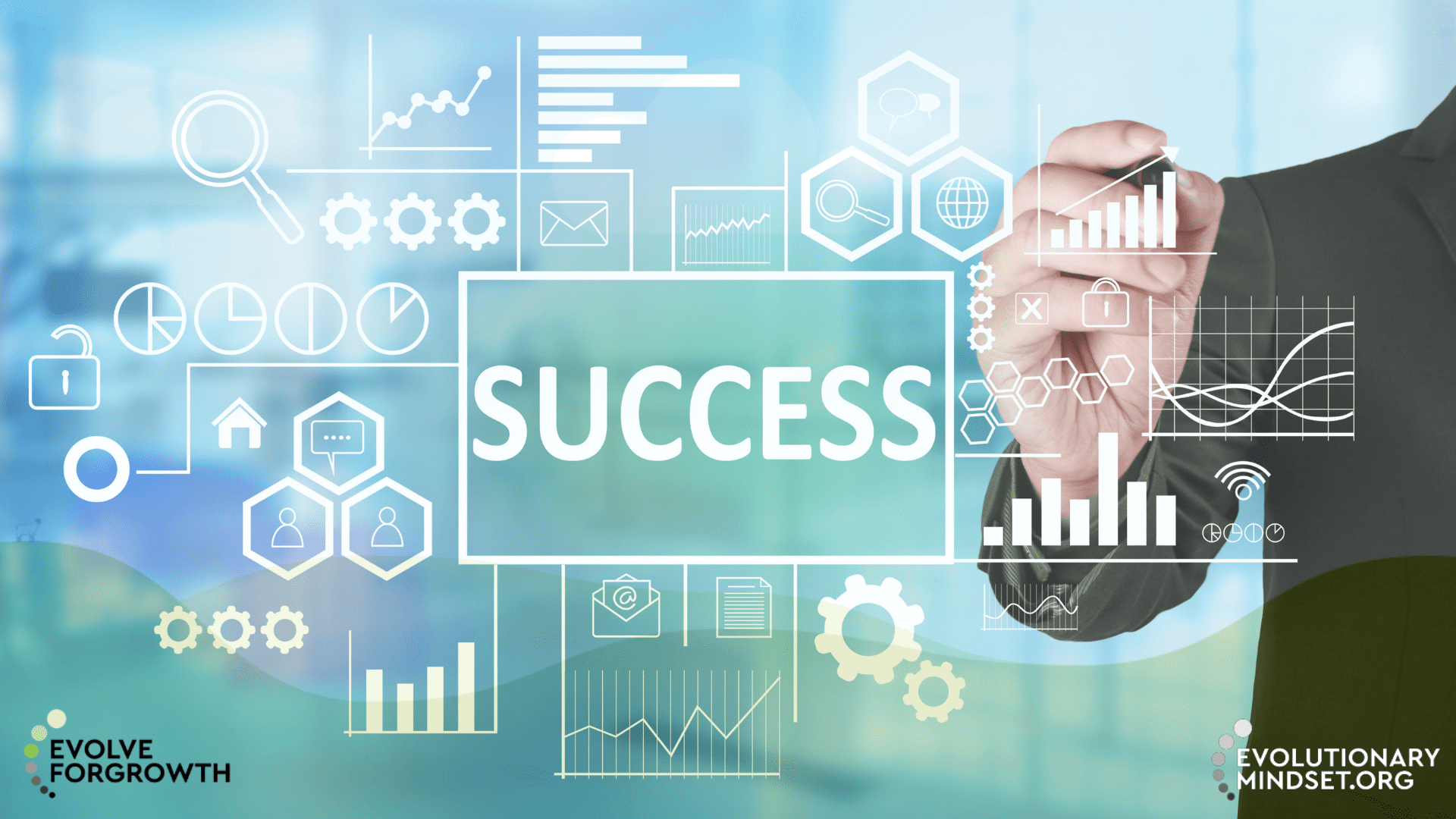
Understanding the Buyer’s Funnel in Evolutionary Marketing for B2B
The Buyer’s Funnel is a critical tool for B2B marketing, guiding businesses and marketers through the development of evolutionary marketing strategy and decision-making processes.
In this post, we’ll explore the nuances of this essential buyer funnel framework and understand its pivotal role in shaping successful, evolutionary marketing strategies.
What is a Buyer’s Funnel?
A Buyer’s Funnel, often termed a Sales or Purchase Funnel, is a schematic representation capturing a customer’s journey from initial awareness to final purchase. This funnel, segmented into three core stages, serves as a compass for businesses to navigate their marketing and sales efforts effectively.
The Three Stages of the Buyers Funnel:
- Awareness Stage: This is also referred to as Top of Funnel (TOFU) and this is where customers become aware of or identify a problem or need. They may consider certain issues keeping them up at night, the pain they may be experiencing, and initiate research, or explore potential general solutions, though not necessarily aware of specific products, services, or offerings.
- Consideration Stage: This is also referred to as Middle of Funnel (MOFU) and this is where customers often delve deeper into the issues they are facing, the problems they are experiencing, and the various options (from broad to specific products, services, or solutions), then evaluating specific features, benefits, and costs.
- Decision Stage: This is also referred to as Bottom of Funnel (BOFU) and this culminating phase witnesses the customer zeroing in on a specific product or service, looking closely at product or service comparisons, pricing, ROI, implementation factors, and other decision nuances to be able to make a decision and purchase.
The Funnel’s Significance for B2B Entities
For growth-focused B2B entities, the Buyer’s Funnel isn’t a mere schematic; it’s a strategic arsenal to develop the most effective and efficient go-to-market strategy for accelerated success. Specifically…
- Targeted Engagement: Given the often, elongated B2B sales cycle (especially for larger, enterprise customers), the funnel enables companies to orchestrate precise engagement strategies, resonating with prospects at each juncture.
- Resource Optimization: Constrained resources demand judicious allocation. The funnel, by spotlighting high-potential prospects, ensures resource efficiency.
- Data-Driven Decisions: At its core, the funnel is a data repository, that unravels customer behaviors and preferences. Startups can harness this data for astute strategizing.
- Customer-Centricity: In the B2B landscape, relationships reign supreme. The funnel fosters a nuanced understanding of customer pain points, facilitating tailored solutions and experiences.
Tailoring Content Based On The Funnel Stage
To most effectively resonate with prospects across funnel stages, content must echo their evolving needs:
- Awareness Stage: Offer educational content, spotlighting industry challenges and pain points. Think blogs, infographics, and introductory videos.
- Consideration Stage: Dive deeper. Furnish comprehensive guides, webinars, and case studies, fortifying trust and credibility.
- Decision Stage: Showcase products, services, solutions, and distinct values, benefits, and advantages. Furnish detailed product insights, testimonials, and demo offers, nudging prospects toward conversion.
Nurturing Leads: The Heartbeat of the Funnel
Lead nurturing, a cornerstone of optimizing the effectiveness of managing and influencing the buyer funnel, hinges on personalized engagement. Employ strategies like:
- Personalized Email Campaigns: Tailor content based on prospective behavior.
- Content Drip Campaigns: Gradually furnish value, nurturing leads through their journey.
- Marketing Automation: Streamline engagement, ensuring timely and relevant interactions.
Converting Leads: Delivering Results
Converting leads demands precision execution and timing. Employ tactics such as:
- Clear Calls-to-Action (CTAs): Craft compelling CTAs, guiding prospects towards conversion.
- Personalized Offers: Tailor incentives, aligning with prospect preferences.
- Social Proof: Harness testimonials and reviews, cementing trust and credibility.
Essentially the Buyer’s Funnel isn’t a mere conceptual framework; it’s the guiding light for evolutionary B2B marketing. By navigating the stages, businesses, especially early-stage, growth-focused entities, can foster meaningful relationships, optimize resources, and carve a niche in their defined markets.
Evolutionary entities embrace the buyer funnel to ensure accelerated growth for their B2B entities and maximizing their journey lends toward unprecedented success!
Want to learn more about an evolutionary approach or think you might like a fractional CMO or marketing leader to help guide you to success? Join the “Evolutionary Marketing for Early-Stage B2B Companies” program at EvolveForGrowth/Evolutionary-Marketing-B2B
